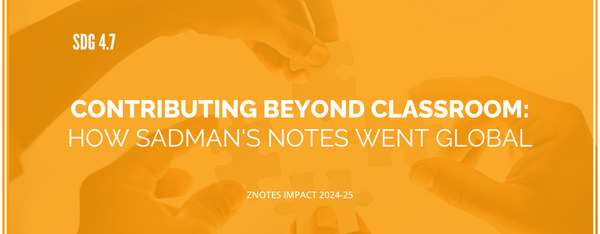RewirEd Talks: Technology in Education Reform
With technology being leveraged heavily through the COVID-19 pandemic, its potential to impact education has never been as glaring as it is now. Though it has been reassuring to see educational reforms, many lingering questions remain. Technological advancements aren't a result of the current situation; they've always been there, but we are coming about to utilize them due to the lack of alternative options. How do we tap into the unrealized potential of technology to drive educational reform?
As part of the RewirEd Talks, Zubair, in a conversation with two more EdTech experts, addressed reshaping education through this lens.
He discusses the significance of using data to make decisions concerning educational reform. We have the tools. But to make the highest amount of impact, selecting the best amongst the vast pool is necessary.
Evidence that the technology works is critical. Whatever the tool, startup, software, it needs to be stress-tested and rigorously assessed to understand how it can inform a maximal positive outcome. We need to be taking a much more scientific approach when it comes to deciding on which tools to choose and talking about social impact and accessibility.
Though Zubair stresses deriving value from data, he also talks about the need to be careful through the process. We need to ensure that our data is representative enough to address the diverse communities we are seeking to impact.
AI leverages large scales of data to inform decisions – we need to consider how we are making sure that data is representative and enabling democratic decisions. For example, when it comes to essay marking, are we making sure all user groups are represented?
Technology is being used at the greatest scale witnessed so far. As we maximize what it has to offer in all spheres including education, we shouldn't forget the many people who don't have access to any of it. Technology offers possibilities-but these need to be utilized by ensuring that it does not isolate the most underprivileged of our society.
We need to consider where technology is being implemented. We already have lots of tools that are quickly evolving and improving, but these may target only certain groups of users, and often the ones who are already provided for. We need to make sure that new technologies and tools are accessible to all people, including the smallest and most impoverished communities. Digital divides and internet accessibility are critical things we need to assess.




